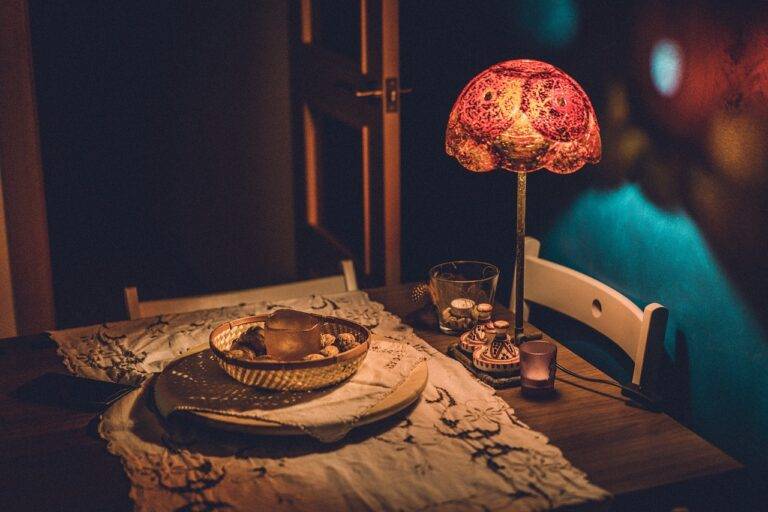Tips for Designing a Home That Promotes Mental Well-Being
Colors play a crucial role in setting the mood and atmosphere of a space. When aiming to create a calming color palette, opt for soft, muted hues like pale blues, greens, and lavenders. These shades are known for their soothing effect on the mind and can help promote relaxation and tranquility in a room.
To enhance the calming ambiance, consider incorporating neutral tones such as whites, beiges, and grays into your color scheme. These understated colors provide a sense of balance and simplicity, allowing other calming hues to stand out without overwhelming the space. By strategically combining these gentle tones, you can create a serene environment that promotes a sense of peace and well-being.
Maximizing Natural Light Sources
To maximize natural light sources in a space, it is essential to strategically position furniture and decor to avoid obstructing windows and doors where sunlight can filter through. Consider opting for sheer or translucent window treatments to allow light to penetrate and brighten up the room. Mirrors can also be strategically placed to reflect natural light, creating a sense of openness and airiness.
Another effective way to maximize natural light sources is to keep windows clean and free from any obstructions that may hinder the flow of sunlight. Additionally, choosing light-colored paint for walls and ceilings can help bounce natural light around the room, making it feel more spacious and inviting. Embracing the beauty of natural light not only enhances the aesthetic appeal of a space but also contributes to a relaxing and uplifting atmosphere.
How can I create a calming color palette to enhance natural light sources in a room?
To create a calming color palette, choose light, neutral colors like whites, beiges, and light grays. These colors will reflect natural light and make the room feel brighter and more spacious.
What are some ways to maximize natural light sources in a room?
To maximize natural light sources, keep windows clean and unobstructed, use sheer curtains or blinds to allow light to filter through, and place mirrors strategically to reflect light around the room.
Can furniture arrangement affect natural light sources in a room?
Yes, furniture arrangement can impact natural light sources. Avoid placing large furniture pieces in front of windows and opt for low-profile pieces that won’t block light from entering the room.
Are there any other tips for maximizing natural light sources in a room?
Yes, consider adding light-colored flooring, such as hardwood or light-colored carpet, to reflect light. Additionally, using light-colored decor and accessories can help brighten up the space and make the most of natural light.





